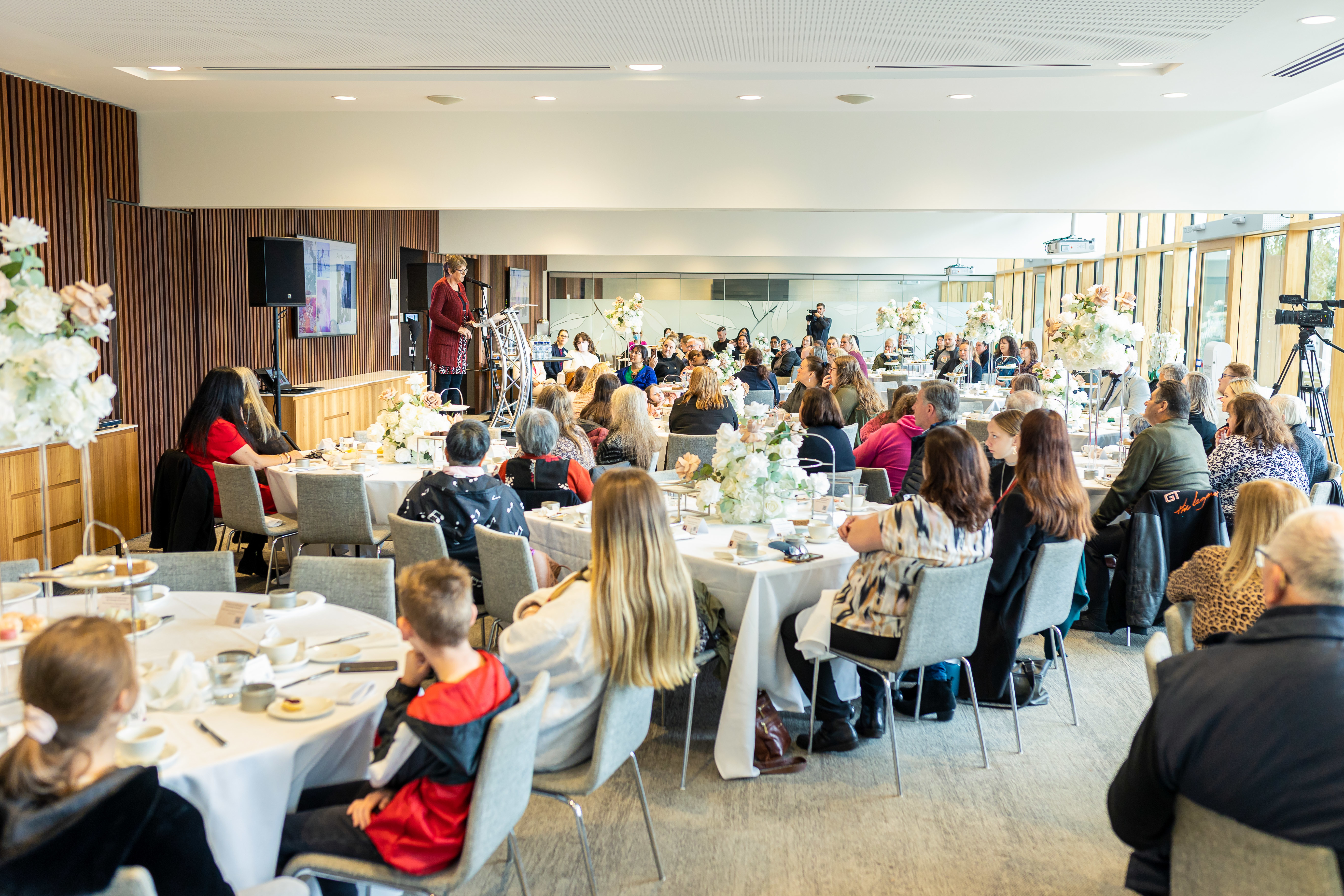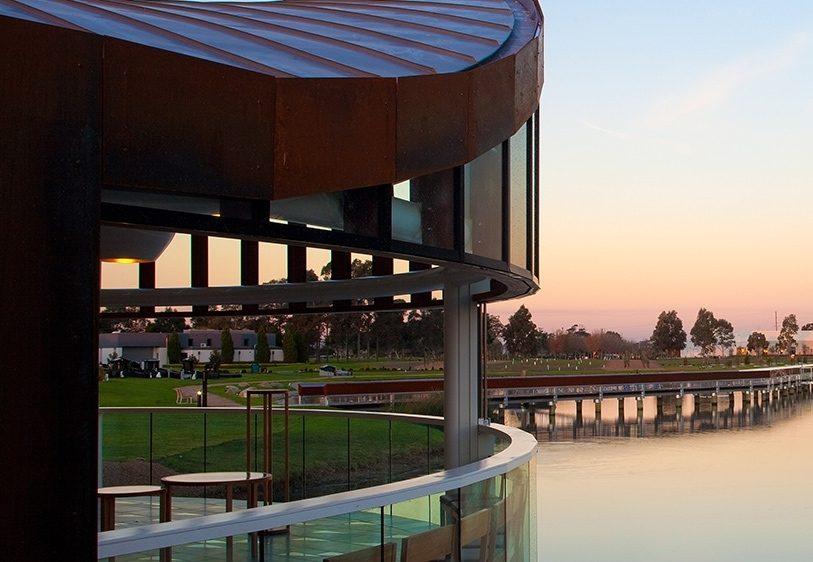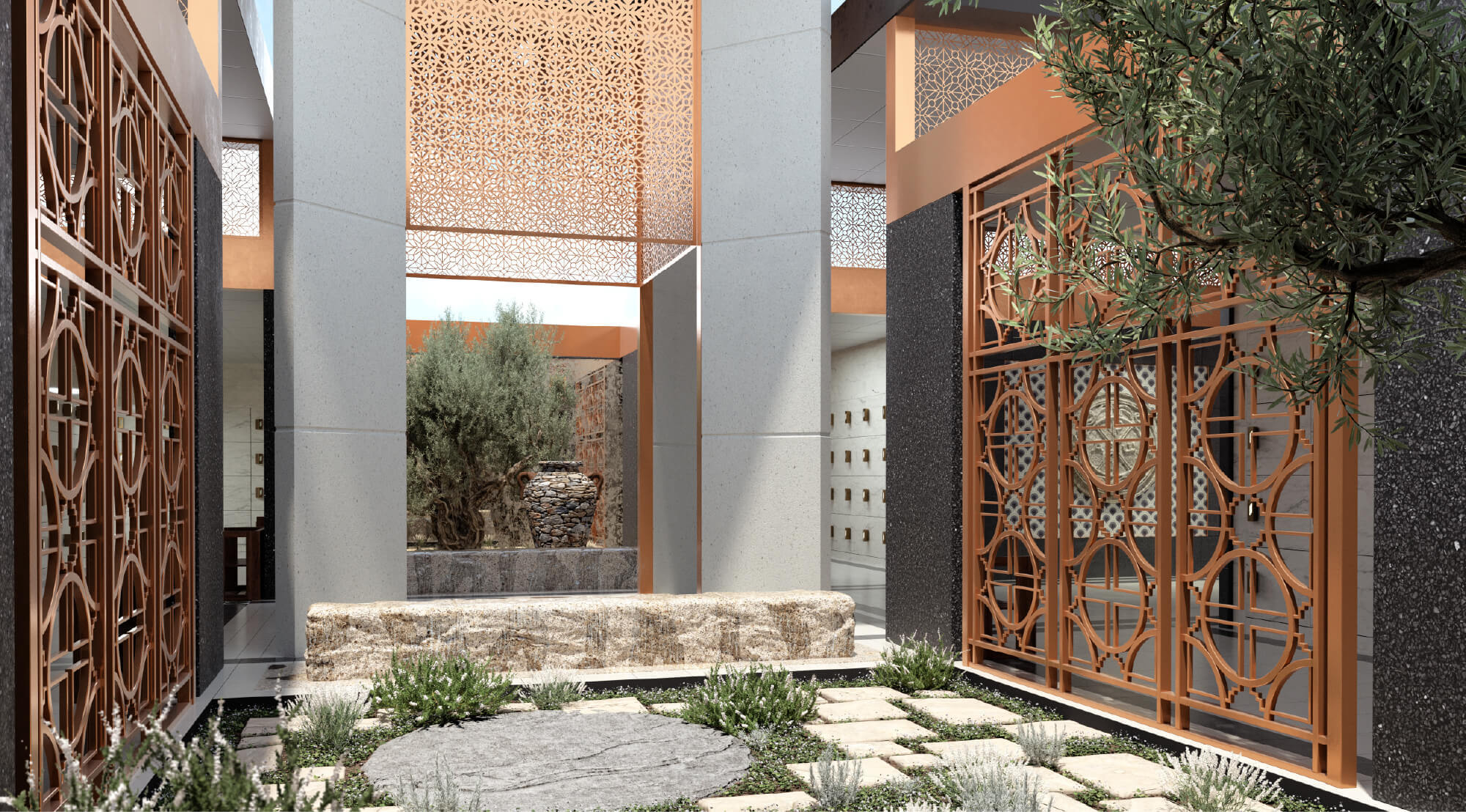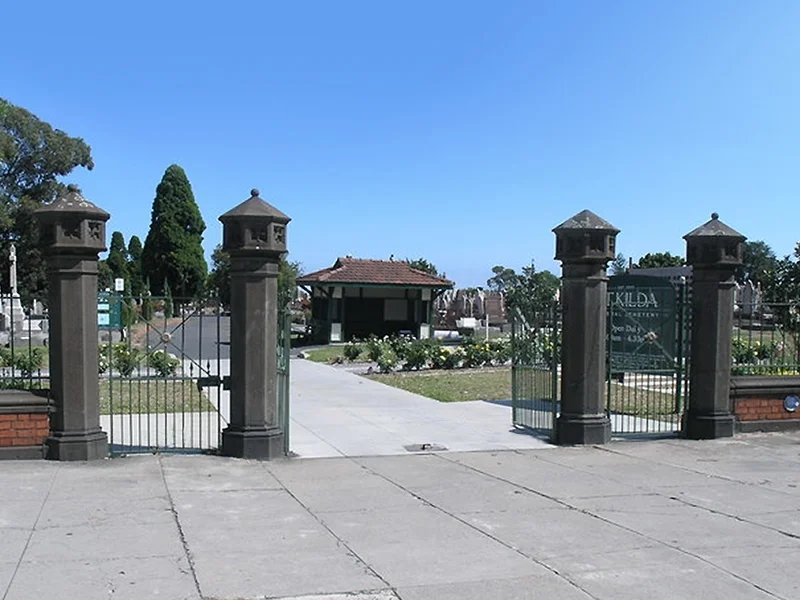The hidden animal homes of SMCT

Home to tens of thousands of native and exotic plant and tree species, the natural spaces within our sites provide not only a place to find peace, but a safe and prosperous habitat for many creatures, big and small.
A hidden world
Perhaps you’ve seen a duck family waddling down a path or wading through our many water features, but there is a much larger ecosystem of animals that you may not have seen or heard of. From birds to bees, to lizards and ladybugs, there is a whole world of animals that call our natural spaces home.
‘What people don’t often realise is that our Arborist team isn’t only responsible for tree care,’ says Operations Leader, Chris Hewitt. ‘We also take great care and pride in preserving the unique ecosystems we have here at Springvale, and across our many other sites.’
It is pockets of wildlife like this, thoughtfully managed and tended to by our dedicated teams, that help native species thrive in suburban areas.
Tree hollows
Tucked away in areas of high vegetation and low visitation, tree hollows—whether natural or man-made—provide a haven for birds, bats, possums, lizards, and even spiders and ants. The tiny caverns are formed from dead trees that our Arborist team have hollowed or from mature trees that naturally had hollows form over time. As naturally formed tree hollows can take 100 years or more to develop, our teams often provide a helping hand.
‘Over the last ten years, we have carved at least twelve tree hollows to assist in habitat creation,’ shares Chris. ‘The hollows are used by several species throughout the year and in one tree you may find cockatoos, lorikeets, galahs and ducks all sharing the same hollow!’
Next time you’re sitting at Café Vita, keep an eye out for this hollow, which is favoured by our friendly galahs for shade or nesting.

Hollow logs are also kept by our teams and thoughtfully placed around areas known to be home to ground-based animals. In these areas, specifically situated plants provide food and protection for several beloved Australian species, including the common blue tongue lizard.
Nesting boxes
Beyond tree hollows, our Arborist team also positioned 25 nesting boxes around our Springvale site alone. Expert guidance from Birdlife Australia and local birdwatchers allowed our teams to build these nesting boxes in partnership with the Dandenong Men’s Shed. These boxes provide a comfortable space for wildlife to rest and raise their young.
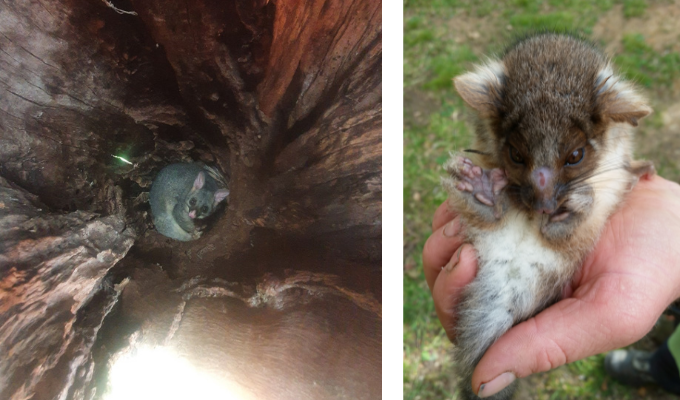
Beehives
In spring and summer, our Springvale site is abuzz with bees thanks to another, special kind of animal home - twelve beehives located in the north-west section of the cemetery. Supported by native flowers and a diverse range of eucalyptus trees to gather nectar from, our happy little bees create honey that we then make available to the community at our café during select times of the year.

Next time you visit, take a moment to explore our natural surrounds and uncover the special creatures that call our sites home and that play a special role in our ecosystem.
